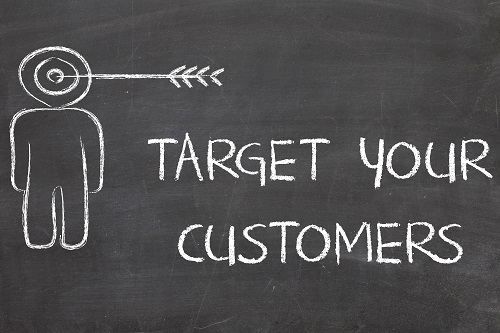B2B Sales Tips: How to Use Account Data to Find Your Best Customers
What makes the ideal B2B customer? Having a clear profile of your ideal accounts will save your sales organization a lot of time and resources. After all, the last thing you want is to have your SDRs spending their valuable time chasing unqualified prospects. Therefore, it’s paramount that SDRs have a clear understanding of the types of accounts that will yield the best results.
 Obviously, an ideal account profile will vary from company to company. Your offering may require various software or hardware dependencies. You may only sell into specific industries. But beyond that, there are some virtually universal factors that you should be looking for when drawing up a profile of your ideal account.
Obviously, an ideal account profile will vary from company to company. Your offering may require various software or hardware dependencies. You may only sell into specific industries. But beyond that, there are some virtually universal factors that you should be looking for when drawing up a profile of your ideal account.
We recently participated in a webinar on inside sales compensation with RingLead and OpenView Partners. During the webinar, RingLead’s VP of Sales John Kosturos discussed some ways to ensure that reps have the opportunities they need to successfully make their quota and OTE. He stressed the importance of identifying ideal account profiles. This allows managers to control the list of accounts that SDRs are going after and also therefore help provide some dependability in terms of revenue.
One of the best ways to identify your ideal accounts is to learn from your own past sales data. By scrutinizing past wins you can help get a clearer picture of the types of accounts to target. From the webinar, here are some reports that John Kosturos recommended running to help you identify which accounts to target.
Accounts with the Largest Transactions
While chasing bigger deals isn’t always better, it’s hard not to want to emulate your biggest wins. It’s definitely worth looking for patterns among the companies that have made the biggest purchases. You might, as an example, notice that 75% of your top 20 largest transactions were with U.S.-based tech companies with 50-100 employees. Targeting accounts with a similar profile could easily lead to more big deals.
Accounts with the Biggest LTV
For companies with a recurring revenue model, initial transactions don’t tend to matter as much as lifetime value (LTV). It’s therefore crucial to take a deep dive into the types of accounts that provide the highest LTV.
Accounts that Respond Best to Marketing
Look for accounts that required the least amount of marketing dollars to close. That can help reduce your overall customer acquisition cost (CAC).
Accounts that Required the Least Effort to Close
See which accounts required the fewest activities to move from marketing-qualified lead (MQL) to sales-qualified lead (SQL) and SQL to close. Something to note: bigger deals often involve more decision makers and activities. Do your best not to compare apples to oranges. You should only compare and contrast deals that are roughly the same size as each other.
Accounts that Close Quickly
See which accounts close fastest, from the time they are qualified by marketing. Look for trends. As an example, you might notice that deals with financial services companies are closing fastest. This can provide your SDRs with the impetus to target more financial services companies.
Watch our webinar on demand for more awesome sales tips from John Kosturos and other seasoned sales leaders.
